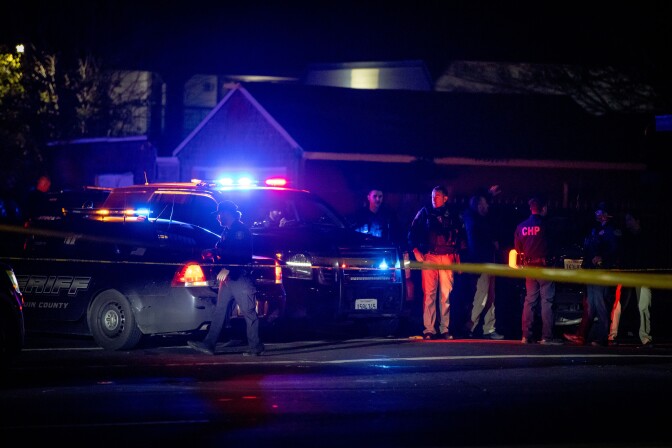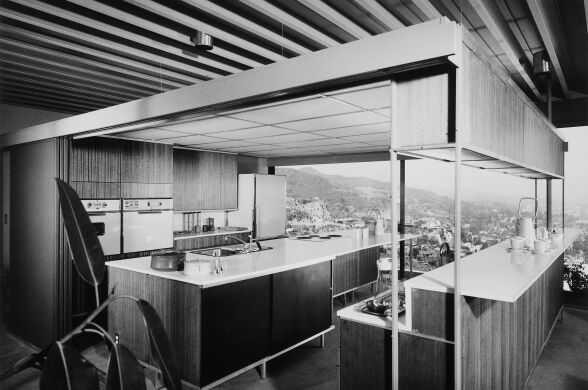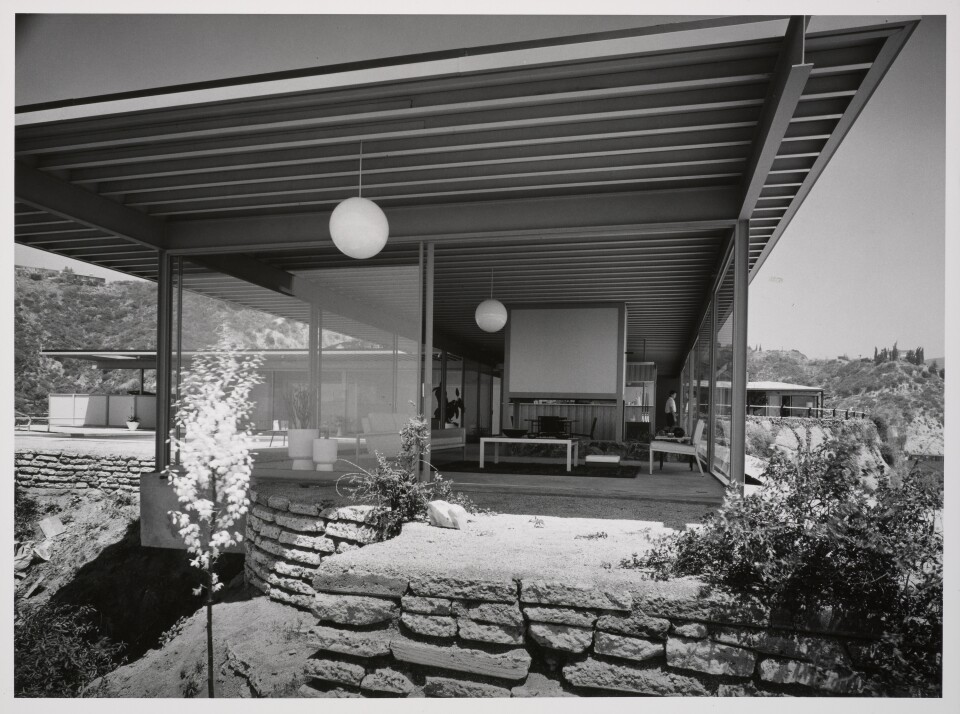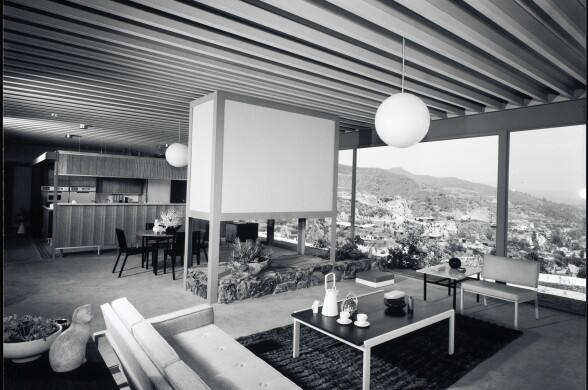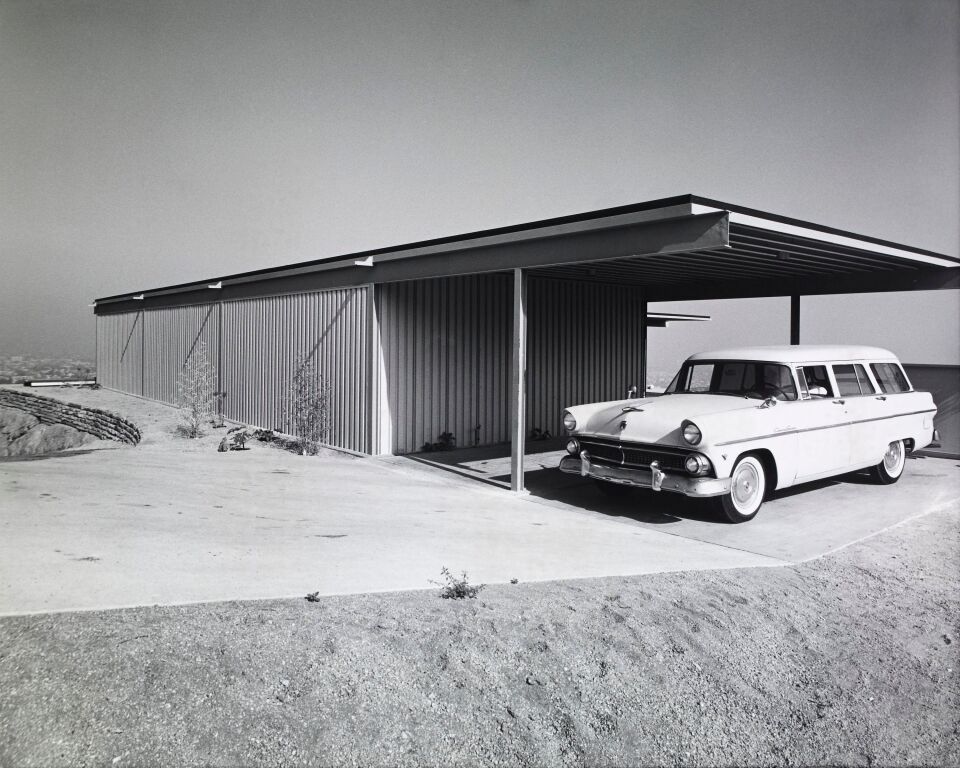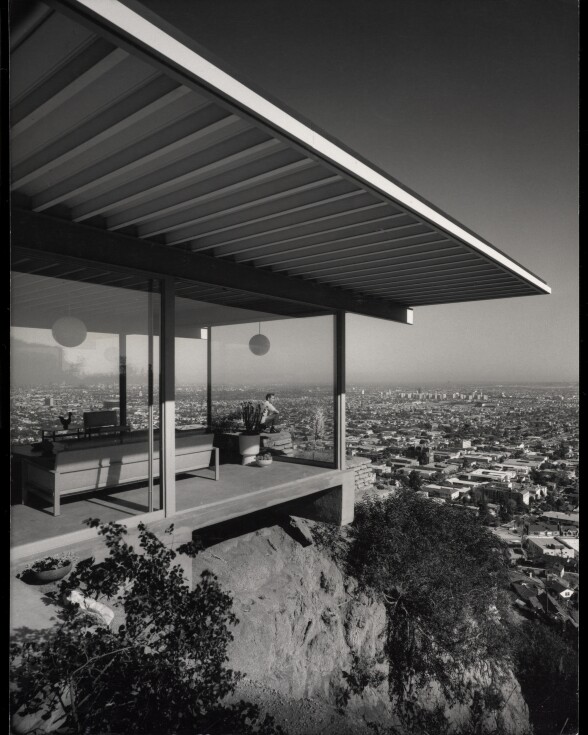The Food and Drug Administration intends to get tougher on vaccine approvals, as top officials raised concerns about the risk of COVID vaccines for children.
Speaking on Fox News Saturday morning, FDA Commissioner Marty Makary said the agency would no longer "rubber-stamp new products that don't work," claiming it made a "mockery of science."
Makary's comments came the day after FDA's top vaccine regulator, Dr. Vinay Prasad, told his team the agency would change its annual flu vaccine framework, update vaccine labels to be "honest," and make other changes to how it reviews vaccines, according to contents of an internal email reviewed by NPR and reported on first by a PBS News Hour correspondent and later by The Washington Post.
Prasad wrote that the FDA would also no longer authorize vaccines for pregnant women without stricter requirements. And for pneumonia vaccines, manufacturers will have to prove they reduce disease rather than show they generate antibodies. He also raised questions about giving multiple vaccines at the same time, which is standard practice.
The changes could make it much more difficult and expensive for vaccines to get approved, further limiting the availability of vaccines, which are considered among the safest and most effective tools for protecting people against infectious diseases.
While all vaccines carry some risks, most public health experts argue the current process for vetting vaccines before marketing has long assured that the benefits of vaccines outweigh their risks. Studies required after vaccines are approved and surveillance systems, including the Vaccine Adverse Event Reporting System (VAERS), also flag potential safety issues once vaccines are in use.
FDA says an analysis links COVID shots to some deaths
Makary said on Fox News that 10 children had died from the COVID shot during the Biden administration, but did not offer specifics about how the FDA came to that conclusion. Millions of children have received the vaccine.
Officials with the Department of Health and Human Services and Food and Drug Administration didn't immediately respond to requests for comment on the COVID analysis and changes to vaccine review standards.
According to the FDA email from Prasad, he told the agency's biostatistics and pharmacovigilance team to analyze 96 reported deaths from 2021 to 2024, and they determined 10 children died "after and because of" the COVID vaccine. But Prasad said the true number was likely higher.
Dr. Paul Offit, who directs the Vaccine Education Center at the Children's Hospital of Philadelphia, said in a text message that Prasad has not shared the evidence that these vaccines killed 10 children.
"Because he doesn't provide any evidence, he is asking us to trust him on an important issue," Office said. "All this will do is scare people unnecessarily. At the very least, he should provide all the evidence he has so that experts in the field can review it and decide whether he has enough data to prove his point."
Dr. Jesse Goodman, a professor at Georgetown University who held Prasad's job at FDA from 2003 until 2009, said in an email that the FDA's Center for Biologics Evaluation and Research, which oversees vaccine approval, has been "recognized globally as a gold standard regulator." Goodman defended "immunologic endpoints like antibody levels" for the accelerated approval of pneumonia and influenza vaccines. He said science supports their use and they are confirmed with studies after approval: "These approaches have helped provide children and adults with timely access to safe and effective vaccines, saving many lives."
Michael Osterholm, an epidemiologist at the University of Minnesota, reviewed the email from Prasad and challenged his statement that "COVID-19 was never highly lethal for children." Osterholm also questioned the FDA's latest analysis of adverse event reports attributing the 10 deaths to COVID vaccines.
"Prasad's email is filled with factual mistakes and misrepresents both the severity of COVID in children (1597 deaths in 2020-2022) and how the US responded to the first signals of possible vaccine-associated pediatric deaths in May 2021," Osterholm wrote in an email to NPR.
"While Prasad's email notes 10 such deaths, these cases have never been presented for review by the medical and public health communities or published in the medical literature," Osterholm continued. "Given the record of this Administration to misrepresent scientific data regarding vaccines, until these cases have been reviewed by an expert third party, like the National Academy of Science[s], we can not accept the fact they are vaccine-associated deaths."
Surveillance system collects vaccines reports
The FDA makes public data from the VAERS surveillance system co-sponsored by the Centers for Disease Control and Prevention. But the FDA cautions, "it is important to note that for any reported event, no cause and effect relationship has been established." In his email, Prasad wrote that "with case reports, causality is typically assessed on a subjective scale. In this scale ranging from certain to unlikely — certain, possible/likely, and probable are broadly considered as related to the product."
Makary said on Fox News that when the COVID shot was first rolled out, it was "amazing" for people at high risk of coming down with severe disease, but things have changed.
"Back in 2020, we saw a reduction in the severity of illness and lives saved, but now recommending that a 6-year-old girl get another 70 million COVID shots — one each year for the rest of her life — is not based on science. And so we're not going to just rubber stamp approvals without seeing some scientific evidence."
The claim is the latest move by Trump administration health officials questioning the safety and effectiveness of vaccines and how the government has regulated them. Health Secretary Robert F. Kennedy Jr. has long questioned vaccines.
The FDA restricted eligibility for the updated COVID vaccines in August after announcing the agency planned to require more evidence about the shots' safety and effectiveness going forward.
CDC committee will meet to review vaccine policies
The FDA email on vaccine policy comes just before the CDC convenes a crucial two-day meeting of that agency's influential Advisory Committee on Immunization Practices on Dec. 4-5. The committee is in the process of conducting a major review of how children are inoculated against dangerous infectious diseases such as measles, mumps, rubella, polio and hepatitis B.
Many public health experts are concerned the committee will upend the childhood vaccination schedule. It could move to delay the timing of some inoculations, space out vaccinations and call for the reformulation of some vaccines. Taken together, the moves could result in fewer children getting protected and the resurgence of once-vanquished diseases.
Asked about Makary and Prasad's claims that the COVID vaccine caused deaths among 10 children, Moderna, whose COVID vaccine is approved for children as young as 6 months old, pointed to a statement it made in September. The company says that multiple published, peer-reviewed studies from a variety of sources show its shot is safe and that it is "not aware of any deaths in the last year or pertinent new information from prior years."
Moderna says it monitors its vaccine's safety along with regulators in more than 90 countries. "With more than one billion doses distributed globally, these systems — including in national health systems across Europe, the United Kingdom, Canada, Australia and the U.S. — have not reported any new or undisclosed safety concerns in children or in pregnant women."
Pfizer did not immediately respond to requests for comment.
Copyright 2025 NPR








